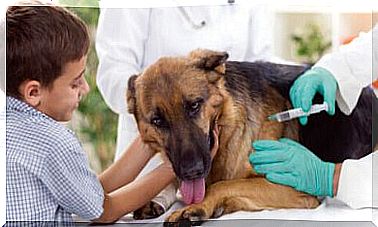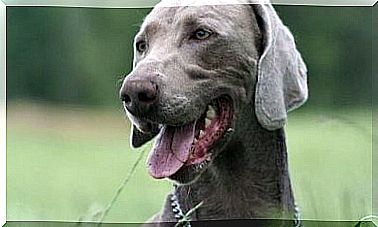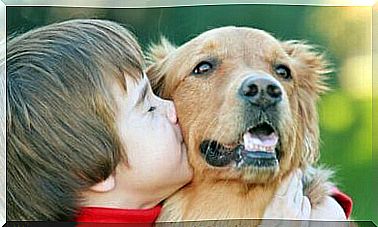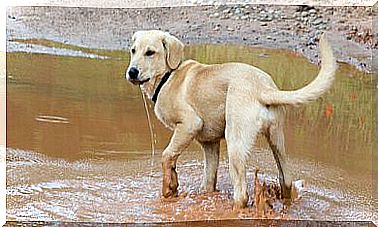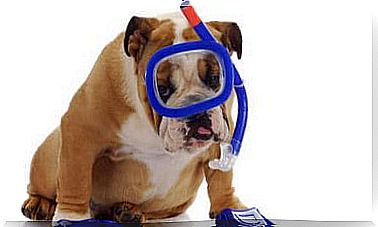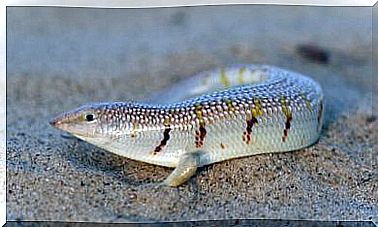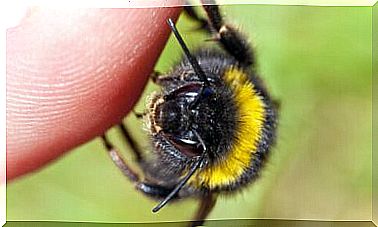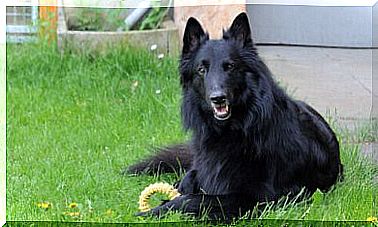Can Animals Be Right-handed Or Left-handed?
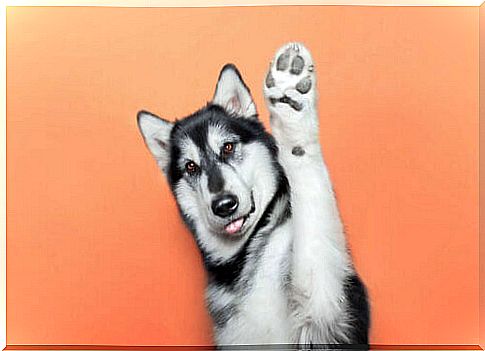
While there is no preference for right-handed use among animal species as is the case with humans, animals can still be right-handed or left-handed.
It may seem incredible, but vertebrates also tend to use one of their legs more than the others. Within each species, the percentage of right-handed and left-handed individuals is usually around 50%.
While this feature isn’t always necessarily present in pets, it’s always interesting to find out new things about the pet we live with. For this reason, in this article we talk about which animals are right-handed or left-handed and how this can be verified.
Right-handed and left-handed animals in the nature
Studies have shown that chimpanzees and gorillas preferably use the right hand in 65% and 75% of cases, respectively. Furthermore, this aspect appears to be positively correlated with the hand used by the mother.
For this reason, many researchers believe that in primates the use of the right or left hand is a learned activity, unlike in humans, in which it seems to be an innate phenomenon.
The issue of right-handed or left-handed animals is not just about primates and humans, because any vertebrate animal has a preference for using one end or the other.
Cerebral asymmetry and right-handed and left-handed animals
The brains of vertebrate animals, including humans, are divided into two halves or hemispheres. This lateralization also involves the rest of the body. In this way, the right side of the brain controls the left side of the body, while the left side of the brain controls the right side.
This may be the reason why some of us have better right-sided dexterity in humans, while others have a better left-handed dexterity. In other vertebrate species the same thing happens, because lateralization can cause right-handed or left-handed animals to exist.
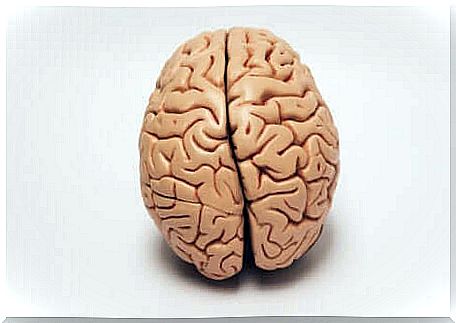
The development processes at the origin of lateralization are still under study. However, there are numerous empirical experiments conducted on animals which show that they are able to exhibit greater dominance of their right or left hand, paw, wing and fin.
On the other hand, some experiments conducted on mice show that right-handed mice have a concentration of a neurotransmitter in a different brain region than that of left-handed or ambidextrous mice. Nonetheless, this is a very large area, which requires further study.
However, we don’t know how these connections are made that could cause an animal to be right-handed or left-handed. We also ignore whether these are influenced by genetic, environmental or behavioral factors: all we have are only much discussed theories.
Why is it important to know if a dog is right-handed or left-handed?
The fact that an animal is right-handed or left-handed has no consequences that concern only which extremity it preferably uses. When an individual uses his right paw, it indicates that the left side of his brain is more developed and could therefore have more neuronal connections in this hemisphere.
The brain itself is divided into several areas, distributed in groups of neurons. If an animal uses some more than others, this aspect could define many factors that make up its behavior. For example, a right-handed animal may have a greater sense of direction than a left-handed one, or a left-handed animal may have a greater ability to concentrate.
If we apply this knowledge to the dog we will be able to know which animals will be most successful in being used as guide dogs, as support in therapies, as police dogs, rescue dogs, etc. In fact, only right-handed dogs are sought to carry out these jobs.
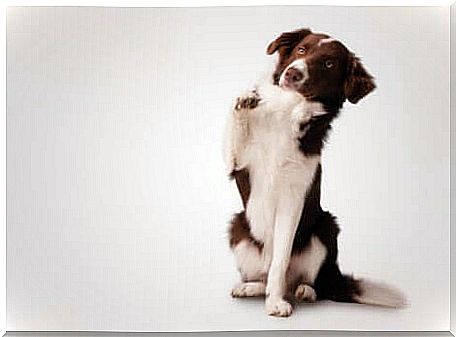
How can you find out if your pet is right-handed or left-handed?
It’s not that easy to find out if your cat or dog is right-handed or left-handed. We may think that it is enough to call the animal, when it is sitting or lying down, and see which extremity moves forward first, to know if it is right-handed or left-handed. Unfortunately, in reality, it’s not that easy.
In order to be able to say with some certainty that your dog or cat preferably uses one paw rather than the other, you will have to repeat several exercises dozens of times. The tricks you can try are the following:
- Hide some food under a piece of furniture, where the animal can only insert one leg.
- For dogs, put a treat in your fist and see which paw hits your hand with.
- For cats: While standing, hold food in your hand. The cat will rise to try to catch it with one of its paws (or both: remember that there are ambidextrous animals).
- As we mentioned earlier, you can also call it while it is sitting and see which leg moves first.
Finally, remember to make a note of each activity, to try to find out if your cat or dog is right-handed or left-handed. Even if this feature is not particularly relevant within the pet’s routine, it is always good to know a little more about your loyal companion.
